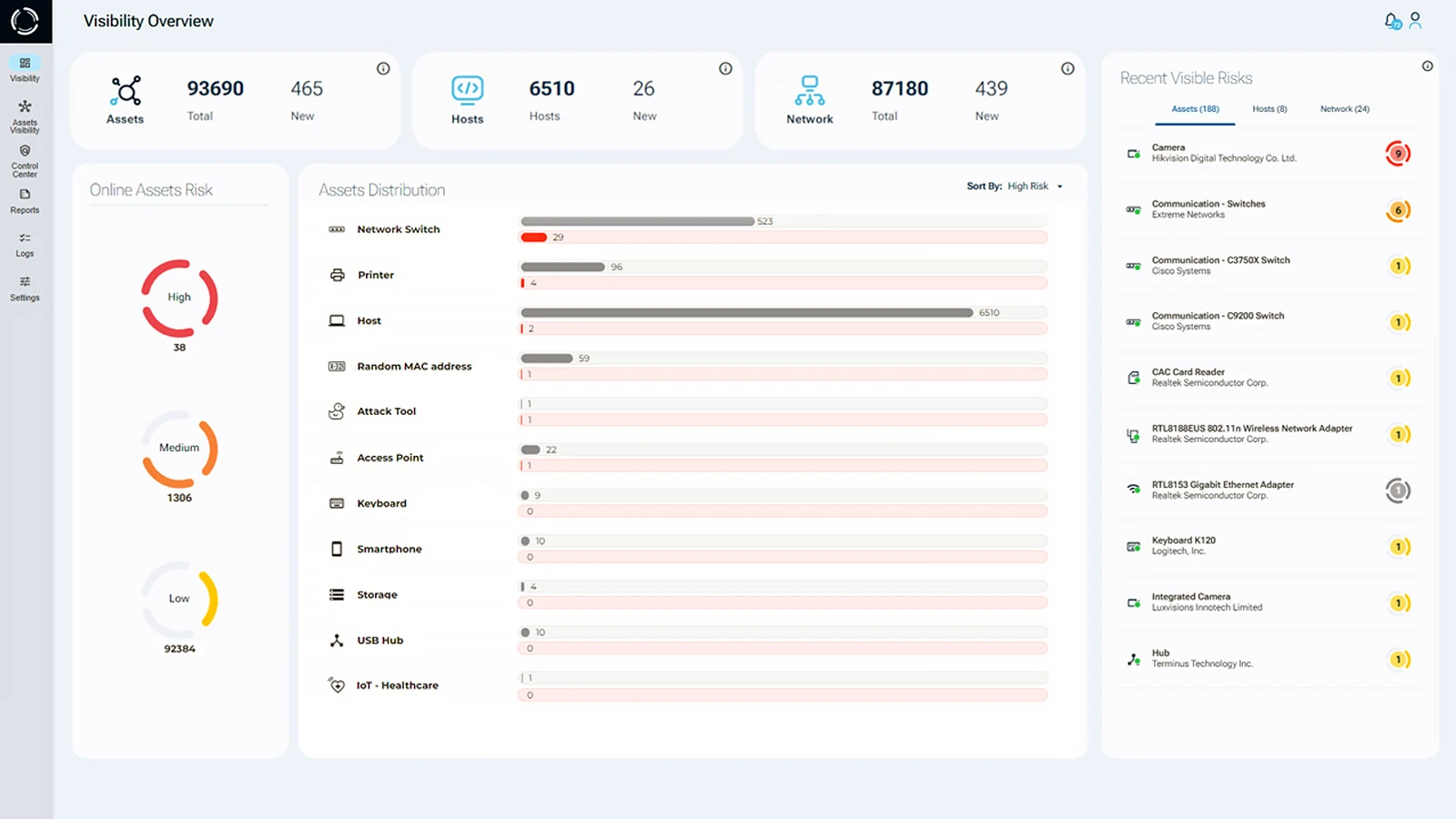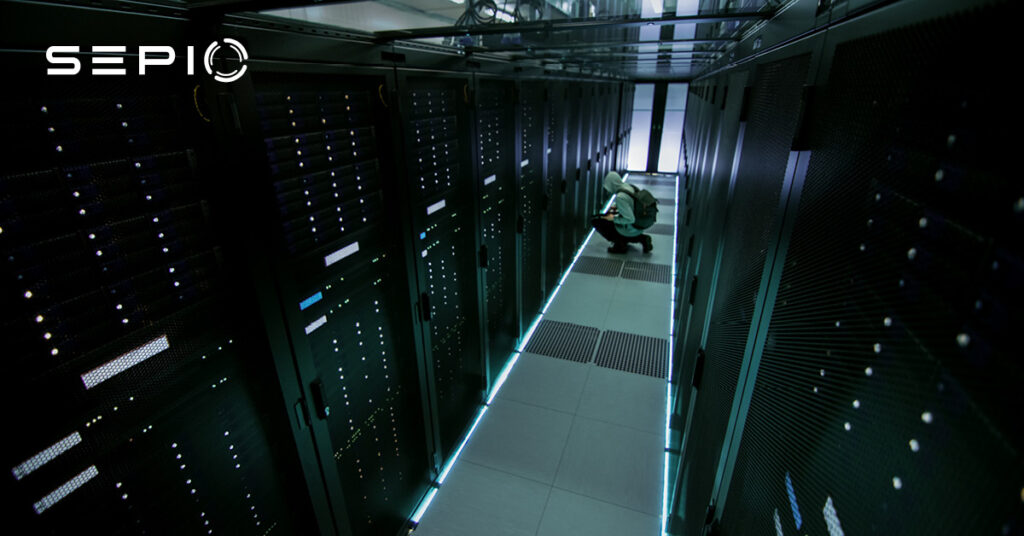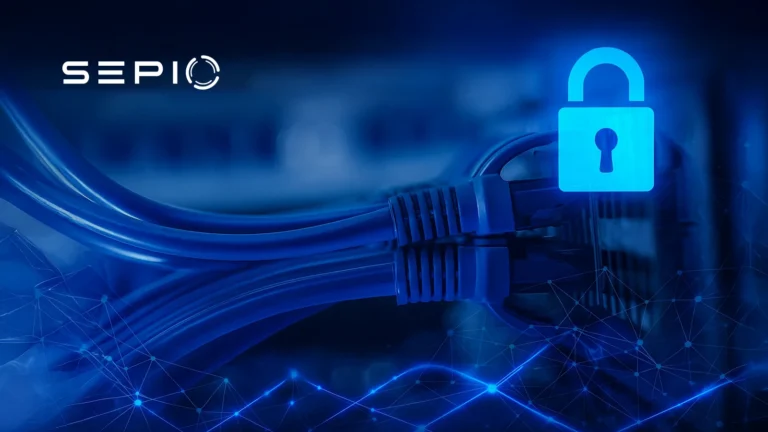What is Data Center Cybersecurity?
Data center cybersecurity refers to the tools, practices, and strategies used to protect the physical and digital infrastructure that powers an organization’s IT operations. A data center typically houses critical equipment such as servers, routers, switches, and storage systems.
Its primary purpose is to collect, store, process, and distribute vast amounts of data. Because data centers often contain sensitive information, ranging from customer records to intellectual property, they are essential to business continuity and resilience. Beyond storing information, data centers also support shared applications, enable secure data access, and maintain reliable backup systems.
Why Data Centers Security Matters?
Data Center cybersecurity is essential because modern data centers have evolved into virtualized infrastructures and cloud-based solutions. Regardless of their configuration, these facilities are prime targets for cyberattacks due to their critical role in managing sensitive organizational data. Implementing robust data center cybersecurity measures is essential to protect against data breaches, malware, and unauthorized access, ensuring operational continuity.
Key Vulnerabilities in Data Centers Cybersecurity
Data Center cybersecurity vulnerabilities are critical to address, as data centers are integral to modern business operations but also prime targets for cyberattacks. To fully protect them, companies need to secure both the physical hardware and the virtual systems. Below are key areas of concern and strategies to mitigate risks.
Physical Security: Protecting On-Site Infrastructure
Despite the rise of virtualized infrastructure, physical data centers remain a significant part of many organizations’ operations. These facilities are particularly vulnerable to hardware attacks. For instance, rogue device attacks can occur when malicious devices, such as spoofed peripheral or BadUSBs, are attached to computing or networking equipment. Implementing strict physical access controls and continuous monitoring can help prevent unauthorized devices from being introduced to the network.
Poor Authentication Practices
Weak login systems are a big risk in data center cybersecurity. Many apps still use just passwords, which makes them easy targets for stolen login details, guessing attacks, and brute force attempts. Rogue devices can both facilitate unauthorized access and act as tools for further attacks once access is gained. To stay safe, companies should use multi-factor authentication (MFA) and keep an eye out for suspicious activity.
Insider Threats: Managing Risks from Within
Employees pose one of the biggest threats to data center cybersecurity, whether through negligence or malicious intent. Insiders with access to sensitive systems can exploit their privileges, and those utilizing rogue devices can execute advanced persistent threat (APT) attacks. To mitigate insider threats, organizations should enforce strict access controls, implement employee training programs, and conduct regular audits to detect unusual behavior.
Secure Implementation and Testing
Flaws in software and poor testing can create big risks for data centers. Mistakes in how software is built or how cybersecurity is set up can make it easier for attackers to break in using rogue devices. To stay protected, companies should build software with cybersecurity in mind, test it thoroughly, and keep it updated regularly.
Virtualized Infrastructure: Securing Cloud Data Centers
Cloud-based data centers bring new cybersecurity challenges. Remote access makes it easier for attackers to break in, especially if employees use unsafe devices like personal phones or laptops. Hackers can target these devices to steal login details and get into sensitive systems. To stay safe, companies should protect all devices that connect to the network, allow only trusted devices, and use strong rules for managing passwords and logins.
Emerging Threats in Data Centers Cybersecurity
Knowing the most common cyberattacks is key to protecting data centers. These attacks often target weak spots in communication systems, networks, or physical hardware. If successful, they can cause serious financial loss and disrupt business operations.
Man-in-the-Middle (MiTM) Attacks
A man-in-the-middle (MiTM) attack targets data center communications by intercepting exchanges between two parties.
- Eavesdropping: Attackers secretly monitor sensitive communication to gather logon credentials.
- Session Hijacking: Perpetrators take control of legitimate sessions, granting unauthorized access to the data center.
To combat MiTM attack, organizations must implement advanced encryption methods and secure communication protocols.
Reconnaissance Activity
Like a MiTM attack, this activity usually precedes other attacks as the goal is to gain information about a system or network that will facilitate other cyberattacks. By learning about vulnerabilities, an hacker can identify the easiest way to conduct an alternative attack.
Distributed Denial of Service (DDoS) Attacks
A Distributed Denial of Service (DDoS) attack floods servers with excessive traffic, disrupting essential internet services.
- Bot Networks: Attackers compromise systems to create synchronized traffic surges.
- Service Outages: Legitimate users are unable to access network resources or critical information systems.
Preventing DDoS attacks requires implementing traffic filtering solutions and robust firewalls designed to handle excessive requests.
Data Breaches & Malware
Data breaches are a critical threat to data center cybersecurity, as they target the very core of data center operations.
- Malware: Ransomware encrypts data for ransom, while viruses and worms corrupt or destroy data.
- Vulnerability Exploitation: Weak protocols allow attackers to bypass defenses, leading to massive data losses.
Implementing advanced malware detection and regularly updating security protocols is essential for preventing data breaches.
Rogue Device Attacks
Rogue devices are malicious peripherals that exploit weaknesses in a data center’s physical and network infrastructure.
- USB HID Exploits: BadUSB devices mimic legitimate peripherals, bypassing detection by cybersecurity tools.
- Physical Layer: Spoofed devices operate at Layer 1, evading NAC and IDS solutions, enabling stealthy attacks.
Malicious attacks cost 25% more to fix than problems caused by human mistakes or technical errors. That’s why strong data center cybersecurity is so important. Companies should monitor all equipment and control who can physically access the data center to help stop these costly attacks.
Sepio’s Role in Hardware Cybersecurity
Modern IT, OT, and IoT systems are complex, making it hard for companies to see all their hardware clearly. Without full visibility, data centers are more open to attacks like ransomware and data leaks. To stay secure, businesses need to track all hardware assets and know exactly what’s connected to their systems.
The Importance of Hardware Asset Visibility
To strengthen data center cybersecurity, enterprises require ultimate visibility into their hardware assets. This includes devices regardless of their characteristics or connection interface. Attackers often exploit blind spots in defenses, particularly through:
- USB Human Interface Device (HID) Emulation: Malicious devices mimicking legitimate peripherals.
- Physical Layer Network Implants: Hidden hardware operating undetected.
Addressing these vulnerabilities demands practical and dynamic cybersecurity measures to block attacks and close gaps in visibility.

Why Sepio?
Sepio enhances data center security by providing complete visibility into all hardware assets. Using patented Physical Layer Fingerprinting (AssetDNA) technology, Sepio identifies rogue devices by matching them against known threat profiles. Additionally, machine learning analyzes device behavior in real time, enabling organizations to proactively prevent cyberattacks before they occur.
Protect your data center with Sepio’s cutting-edge hardware visibility and rogue device mitigation solutions. Don’t leave your cybersecurity to chance, take control of your IT, OT, and IoT environments today.
Schedule a Demo and see how Sepio can transform your data center cybersecurity strategy.
Download Data Centers White Paper (pdf)





